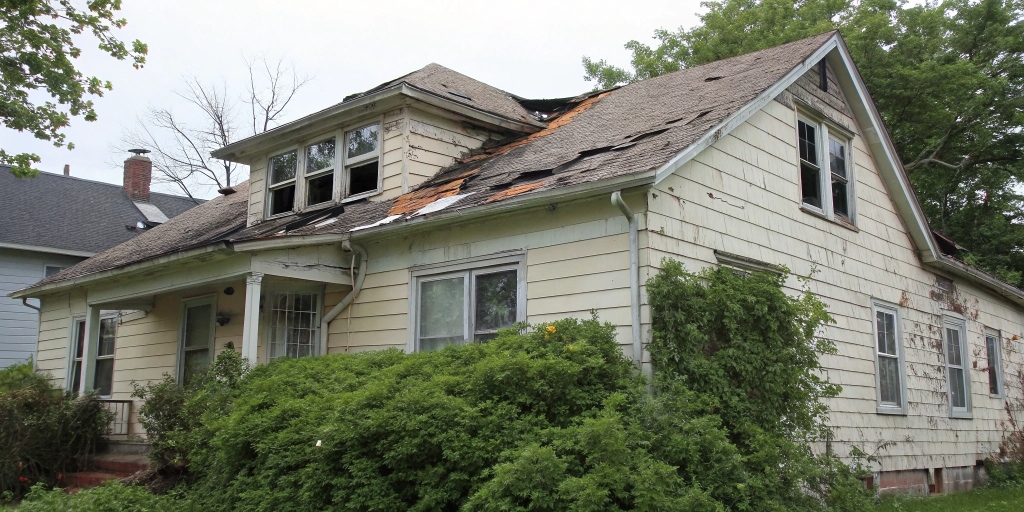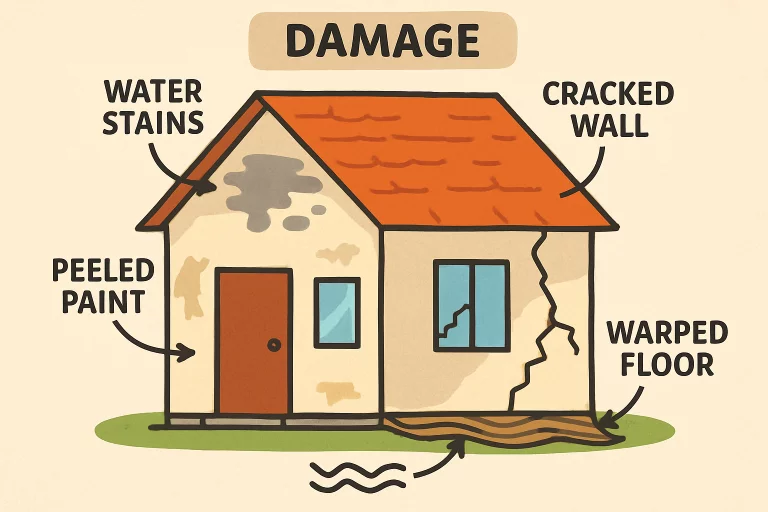
Recognizing the Signs: When Your Home Needs Restoration Services
Maintaining a home involves far more than just keeping it clean and organized. Over the years, even the most well-cared-for residences are prone to developing issues that can threaten both their value and the well-being of those who live within them. These problems are often insidious—subtle at first, but with the potential to escalate into major headaches. By recognizing the early warning signs that your home might need restoration services, you not only protect your financial investment but also ensure a healthier and safer living environment for your family. Reaching out to experts like Priority Restoration at the first hint of trouble can make a world of difference, addressing concerns before they spiral into expensive disasters.
Access to specialized help is crucial when addressing potential home damage. Restoration experts have a depth of experience and utilize advanced tools that allow for thorough and precise diagnosis and repair. Professional companies are equipped to handle a wide spectrum of issues, from mitigating water damage and controlling mold to repairing structural harm and improving your home’s environmental safety. Working with trained restoration technicians doesn’t just offer technical solutions—it grants peace of mind, knowing you’ve safeguarded your home’s value and your loved ones’ comfort.
Visible Water Stains
Spotting water stains in your home is more than just an aesthetic concern—it’s often the first indication that something deeper is wrong. These stains appear as yellow, brown, or copper rings on ceilings, walls, or floors, and they almost always indicate leaks from pipes, the roof, or even faulty fixtures. A seemingly small stain could be a clue to unseen, ongoing moisture damage within your walls or ceiling that, left untreated, can threaten the strength of your home’s framework or encourage the growth of harmful mold and mildew. If you notice such discoloration, it’s important to react promptly: call in a restoration expert who can use moisture-mapping equipment and thermal cameras to trace the source of the leak, stopping small problems before they evolve into larger, costlier repairs.
Persistent Musty Odors
A home should smell clean and fresh, so if you find persistent musty or earthy odors lingering—even after cleaning—it may be a sign of deeper moisture problems. These odors usually indicate the presence of mold, mildew, or hidden water leaks, especially in closed-off spaces like basements, under sinks, or in poorly ventilated bathrooms. The scent itself is caused by off-gassing from mold spores breaking down organic material or from stagnant water trapped in hidden places. Ignoring persistent musty smells puts your home at risk for worsening mold infestations and can lead to chronic health problems, including allergies and respiratory issues. Experienced restoration teams can test for mold and locate concealed sources of humidity, ensuring complete removal and remediation.
Peeling Paint or Wallpaper
While cracking or bubbling paint and wallpaper might seem like a harmless cosmetic annoyance, it’s actually a red flag for excessive moisture infiltrating your walls. When water or humidity gets beneath paint or behind paper, it breaks the adhesive bond, causing surfaces to peel away. Over time, this not only weakens the wall’s structure but also creates the perfect breeding ground for mold and mildew. Rooms such as bathrooms, kitchens, and laundry rooms—where humidity and water exposure are common—are particularly vulnerable. If you observe these symptoms, it’s best to investigate further and call for professional help before the integrity of your walls is compromised, leading to expensive and more invasive restoration work.
Warped or Buckled Flooring
Floors that appear misshapen, uneven, or soft to the touch should raise immediate concern. Warping, buckling, or swelling in wood, laminate, or even carpeting often signals that moisture has seeped beneath your floorboards, whether from a slow plumbing leak, foundation seepage, or sudden flooding. As floors absorb water, they expand, causing edges to curl or boards to detach altogether. Left unaddressed, not only is the aesthetic appeal of your floors ruined, but your home’s structural safety may be jeopardized as subfloors rot and weakened materials create tripping hazards. Restoration professionals are skilled in properly drying, treating, and—if necessary—replacing flooring to restore both safety and beauty to your home.
Cracks in Walls or Foundation
It’s not uncommon for homes to develop minor cracks as they settle, but any growing, widening, or jagged cracks in your drywall, plaster, or—most critically—your foundation can point to serious structural issues. These cracks may result from ongoing moisture damage undermining supporting materials or from shifting soil and poor drainage around your foundation. Ignoring these warning signs puts your entire house at risk, as structural weaknesses may widen over time, leading to uneven floors, stuck doors, or even wall collapse. A prompt assessment by a restoration or structural repair specialist can determine the seriousness of any cracks and offer solutions such as sealing, reinforcement, or stabilization to preserve your home’s solidity for years to come.

Mold Growth
Visible mold—whether black, green, or white—should never be dismissed as a simple nuisance. Not only is mold unsightly, but it’s also hazardous to your health. Even a small patch can release thousands of spores into the air, aggravating allergies, triggering asthma attacks, and causing other respiratory issues. Mold flourishes in moist areas, such as bathrooms, basements, attics, and areas impacted by water leaks. Attempting to clean mold with household products often addresses only the surface problem, with deeper colonies remaining hidden and ready to regrow. Professional mold remediation addresses both visible growth and root causes, ensuring safe removal and prevention of further outbreaks.
Unexplained Increase in Utility Bills
If your water or electricity bills suddenly skyrocket without an obvious reason, hidden leaks or damaged insulation could be responsible. Undetected plumbing leaks not only waste precious resources but can also lead to long-term water damage beneath floors, behind walls, or in ceilings, while compromised insulation due to water or mold makes heating and cooling systems work overtime. Addressing these problems early keeps your utility bills predictable, protects the environment, and prevents additional property damage, such as rot, corrosion, and a higher potential for mold growth. Restoration professionals use sophisticated leak detection tools to identify both visible and concealed problems, stopping waste at its source.
Sagging Ceilings or Walls
One of the most alarming indicators of a serious problem is sagging or bowing in your ceilings or walls. This type of deformation generally results from long-term water infiltration that has saturated and weakened the structural elements of your home. Not only is this a clear sign of moisture accumulation behind surfaces, but it also poses a significant safety risk, with the potential for sudden collapse. Sagging structures require urgent professional evaluation, as they threaten both property integrity and personal safety. Restoration teams dry out affected spaces, reinforce or rebuild damaged areas, and ensure that any recurring sources of moisture are permanently resolved.
Staying alert to these key warning signs and arranging for routine check-ups allows you to extend the lifespan of your property and create a safer environment for everyone inside. When you find yourself in doubt or faced with any of these challenges, don’t hesitate to reach out to a reputable restoration firm. Their expertise helps you uncover root causes and prevent costly, large-scale damage. Taking swift, decisive action is the cornerstone of protecting your investment and the comfort and well-being of those you care about most.



Average Rating